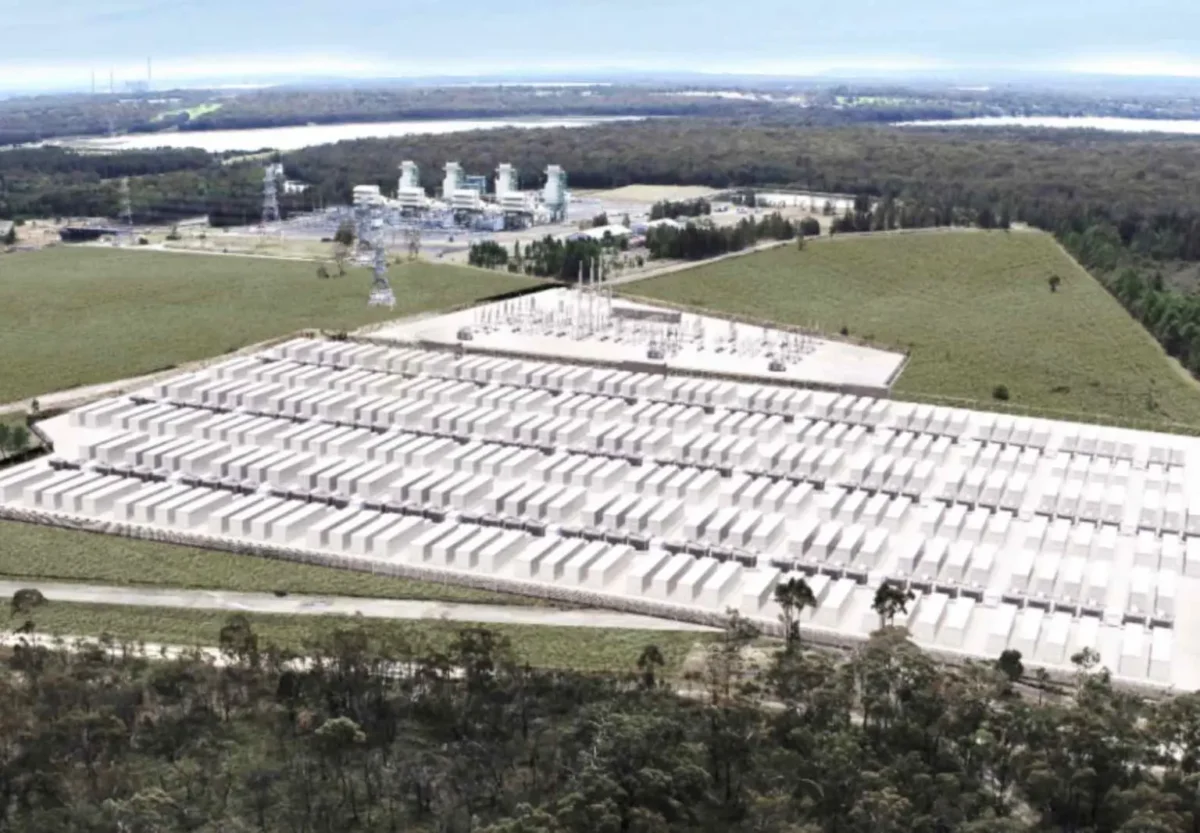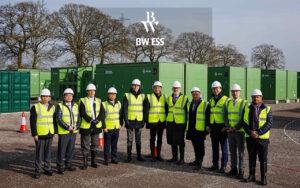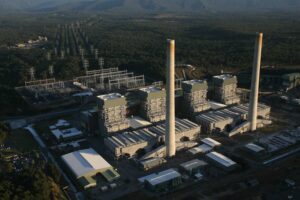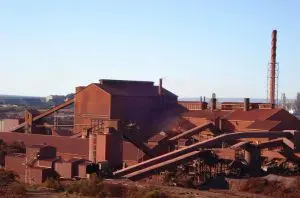Most people think they understand what a battery is: Everyone has one in their phone, in their appliances, and in the car. But in terms of the grid, battery storage is probably the most misunderstood of all the technologies – mostly because it doesn’t just store energy, as most assume. It has many strings to its bow.
The Waratah Super Battery is a case in point. When it is in full operation in early 2025, the 850 MW/1680 MWh facility will be the biggest battery in Australia, and one of the biggest of its type in the world.
It will also be, according to developer and owner Akaysha Energy, which is itself now owned by global asset management giant Blackrock, the single biggest asset ever connected to the National Australia Market, the official name for the country’s main grid.
“This will be the largest ever single DUID (dispatchable unit identifier) in the history of the NEM. There is no partitioning, just a single asset,” Nick Carter, the CEO of Akaysha, said during a presentation at the All Energy conference in Melbourne last week.
The primary function of the Waratah Super Battery is not to store energy for later use, at least not in the way that most people imagine it.
It is best described as a giant “shock absorber”, holding capacity in reserve (700 MW and 1400 MWh) that allows the major transmission lines bringing power to the major demand centres in Sydney, Wollongong and Newcastle to be used at greater capacity.
“We like to refer to this as a virtual transmission service,” Carter says.
“We think this is a really important use case for the energy transition because we always hear in the media issues around how much money it takes and how long it takes to build new transmission, and this particular project is a great example of what can be done today. The technology exists now. These services exist now.
“The way to think about this is really the utilisation of existing line infrastructure. Currently, those lines that are heading out to the renewable energy zone are only really run at about half the capacity at 500 megawatts each.”
“When the Eraring power station is closed, the issue is evacuating the power from the renewable energy zones into that Sydney, Wollongong catchment. You can’t do it without running the lines hard.
“And the only way you can run the lines hard is to have this service with 700 megawatts, sitting in reserve. So you can start to run both of those lines further up to up to around 850 megawatts beach.
“And if one of them (transmission lines) trips, the battery ramps up and the renewable energy zone ramps down so you keep that single line running, and that allows TransGrid to reconfigure the network in enough time to stop any kind of load shedding events.
“So we think that’s a great service. We see applications for this type of service all around the world, so pretty much every transmission upgrade is looking at this option.”
Akaysha says it is on track to finish the project on time, and many of the concrete foundations have been poured. It has hosted dignitaries at the site, including state energy minister Penny Sharpe in recent weeks. “I have never seen so much conduit,” Carter quipped.
Akaysha has deliberately sized the battery above the contract with the Australian Energy Market Operator and Transgrid, so it will have another 150 MW and 280 MWh to trade in the arbitrage market and offer other services such as frequency control.
It is being built – like so many other big batteries across the grid – on the ruins of a shuttered coal-fired power station. And some, like Akaysha’s Ulinda battery in Queensland, and many others, are being built next to existing coal fired power stations.
In this case it is Munmorah, on the Central Coast, and the batteries are actually being installed on top of the old coal stock pile.
“These big heaps of coal, that is where the battery is,” said Danny Lu, the senior vice president at US-based Powin, which is providing the smarts for the battery management system, while pointing to an old picture of the Munmorah power station.
“We are all playing a role in the energy transition. Just the fact that this project is turning that coal fired power station into an energy storage system is a real example of what is possible in this energy transition.”
See also: Big Battery Storage Map of Australia
And read about another Akaysha battery project: “Unsung hero:” New big battery near Australia’s biggest coal unit gets go ahead










